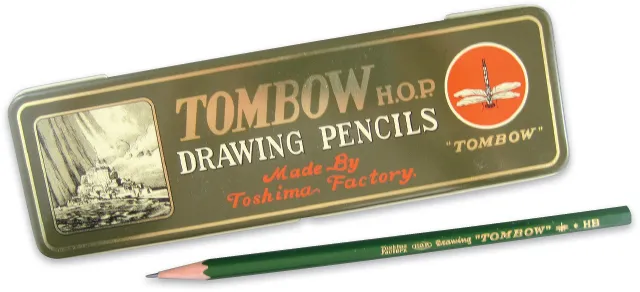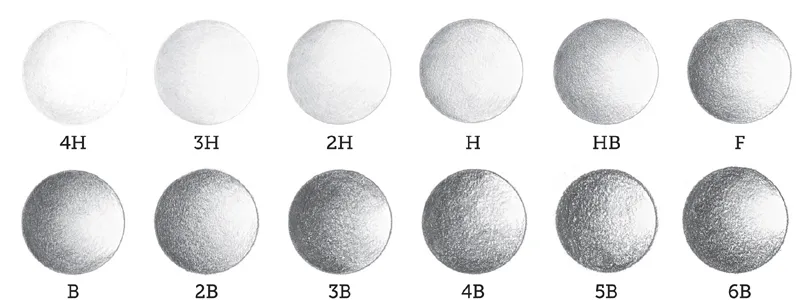
eBook - ePub
Pencil Magic
Surprisingly Simple Techniques for Color and Graphite Pencils
Marie Browning
This is a test
Share book
- 250 pages
- English
- ePUB (mobile friendly)
- Available on iOS & Android
eBook - ePub
Pencil Magic
Surprisingly Simple Techniques for Color and Graphite Pencils
Marie Browning
Book details
Book preview
Table of contents
Citations
About This Book
Discover simple but sophisticated fine arts techniques to use with both graphite and colored pencils to create beautiful papercrafts, art journals, mixed media, scrapbooks, and more.
Frequently asked questions
How do I cancel my subscription?
Can/how do I download books?
At the moment all of our mobile-responsive ePub books are available to download via the app. Most of our PDFs are also available to download and we're working on making the final remaining ones downloadable now. Learn more here.
What is the difference between the pricing plans?
Both plans give you full access to the library and all of Perlego’s features. The only differences are the price and subscription period: With the annual plan you’ll save around 30% compared to 12 months on the monthly plan.
What is Perlego?
We are an online textbook subscription service, where you can get access to an entire online library for less than the price of a single book per month. With over 1 million books across 1000+ topics, we’ve got you covered! Learn more here.
Do you support text-to-speech?
Look out for the read-aloud symbol on your next book to see if you can listen to it. The read-aloud tool reads text aloud for you, highlighting the text as it is being read. You can pause it, speed it up and slow it down. Learn more here.
Is Pencil Magic an online PDF/ePUB?
Yes, you can access Pencil Magic by Marie Browning in PDF and/or ePUB format, as well as other popular books in Arte & Tecniche artistiche. We have over one million books available in our catalogue for you to explore.
Information
Topic
ArteSubtopic
Tecniche artisticheAll About Graphite Pencils
The simple pencil is what great people use to create great art. Sculptures, architecture, and symphonies start with a humble pencil sketch or note. You will get to start your masterpieces with quality drawing pencils of different point strengths, and mechanical pencils, too.
Pencils have two main components: a graphite core, known as the lead, and a plastic or wooden body that encases the lead. Some pencils have an eraser at one end. Modern pencils got their start in Roman times when lead was used to make marks on papyrus. Modern pencils do not actually contain any lead; they are made with nontoxic graphite. A large deposit of graphite was discovered in England in 1564 and quickly replaced lead, as it leaves a darker mark. However, graphite is very brittle and requires a holder to prevent it from breaking. Graphite pieces were first wrapped with string and then later inserted into hollowed-out wooden sticks: thus the wood-cased pencil was born.
In the early 1900s, pencil manufacturers needed new sources for wood. Incense cedar from California’s Sierra Nevada mountains was found to be a superior wood for pencil manufacturing and soon became the top choice for quality pencil makers around the world. The incense cedar woods are harvested on a sustained-yield basis. Sustained-yield means that the annual growth of the forest is greater than the amount of wood harvested from the forest.
Hardness
Depending on how hard the lead is, pencils make different marks. A hard pencil lead leaves light, fine marks that are great for drawing precise details. A soft pencil lead leaves dark, heavy marks that are typically used for filling in large areas, or for shadows. It mainly comes down to personal preference which leads you choose to use; you have to play around to figure out what works for you. Not all pencil leads are created equal, though: they vary in strength, smoothness, smudge resistance, and hardness.
My preferred pencils, and the pencils used in this book, are Tombow drawing pencils, which offer superior, extra-refined, high-density graphite. They are super smooth when drawing and shading, making it easy to create perfect graduated shades. They have a high point strength and are break resistant. Smear-proof lines help produce crisp, clean drawings with the added value of slow wear for smooth, dense writing. They are available in point strengths from very hard, 6H, to very soft, 6B. You can use your choice of pencil while practicing the skills in this book, but keep the pencil quality in mind as you shop.
According to the European scale system, pencils are graded “H” (hardness) and “B” (blackness), with an accompanying number to describe how hard or how black the pencil is. The more H’s you have, the harder the lead and the lighter the lines. The more B’s you have, the softer the lead and the darker the lines. The designation HB occupies the very middle of the scale; this is the lead in most mechanical pencils because of its suitability for writing. There’s also F (fine), which is between HB and B, and which makes dark, fine marks.

In 2013, Tombow celebrated its 100th birthday in making superior pencils and premium drawing and office supplies. Shown here is the Vintage Collectors Edition pencil set.

Shown are Tombow MONO drawing pencils of different hardnesses and a mechanical pencil.

Here you can see shaded circles going from very hard leads to very soft leads. In the middle is the most common mechanical pencil lead, HB, which is very suitable for writing.
Holding a Pencil
The first step to successful pencil drawing is controlling the pencil’s movement so every mark you make works toward creating the effect you want. The best grip is the one you already use. Trying to change your grip artificially is probably the worst thing you can do. However, many people ask me the proper way to hold a pencil, so here are a few recommended grips. Try to learn to use these as naturally as possible.
The basic tripod grip is most likely what you use for writing. You control your grip with your fingers, and it is an ideal way to hold your pencil for drawing. Your hand rests on the table for support and the upright position of the pencil allows for accurate shading with the tip, rather than the side.
The extended tripod grip uses the same hold as the basic tripod grip, but with the fingers further up the pencil. This is a comfortable way to hold a pencil for drawing and allows for more freedom and a light touch when shading.
The overhan...